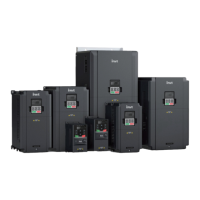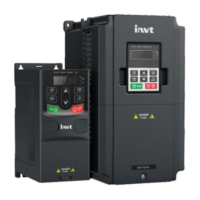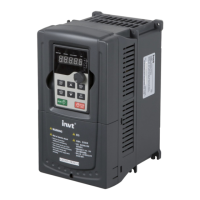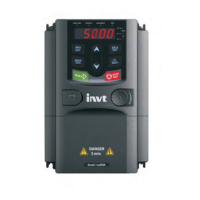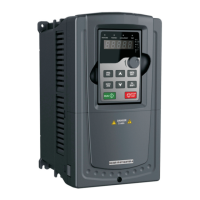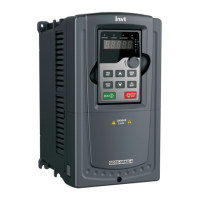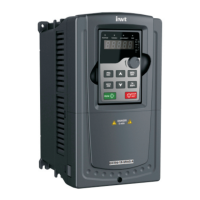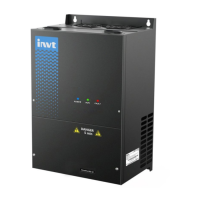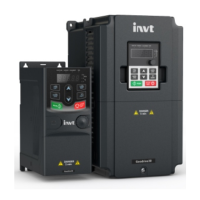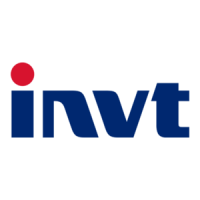Goodrive10 Series Mini VFD Communication protocol
-101-
7.3.7.2 Examples of writing command 06H
Make the VFD with the address of 03H to run forward. See section 7.3.4.2 “Description of
other function addresses in Modbus”, the address of “Communication-based control
command” is 2000H and forward running is 0001.
Communication-based
control command
0006H: Coast to stop (emergency stop)
The command sent by the master:
Parameter
address
CRC
check
VFD
address
Write
command
Forward
running
03 06 20 00 00 01 42 28
If the operation is successful, the response may be as below (the same with the command
sent by the master):
Parameter
address
CRC
check
VFD
address
Write
command
Forward
running
03 06 20 00 00 01 42 28
Set max. output frequency of the VFD with the address of 03H as 100Hz.
Used to set max. output frequency of the VFD. It is
the basis of frequency setup and the
acceleration/deceleration.
Setting range: P00.04–400.00Hz
See the figures behind the radix point, the fieldbus ratio value of max. output frequency
(P00.03) is 100. 100Hz timed by 100 is 10000 and the corresponding hex is 2710H.
The command sent by the master:
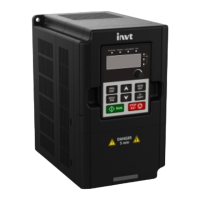
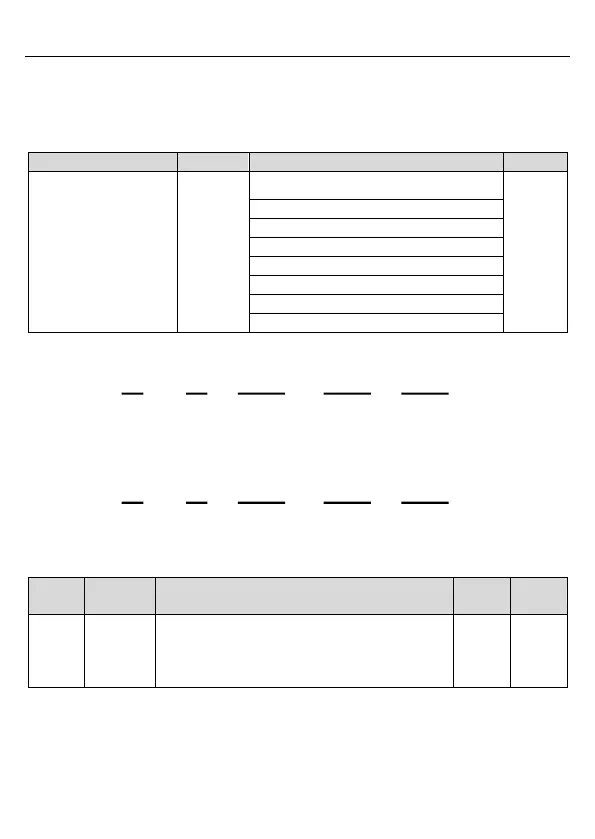